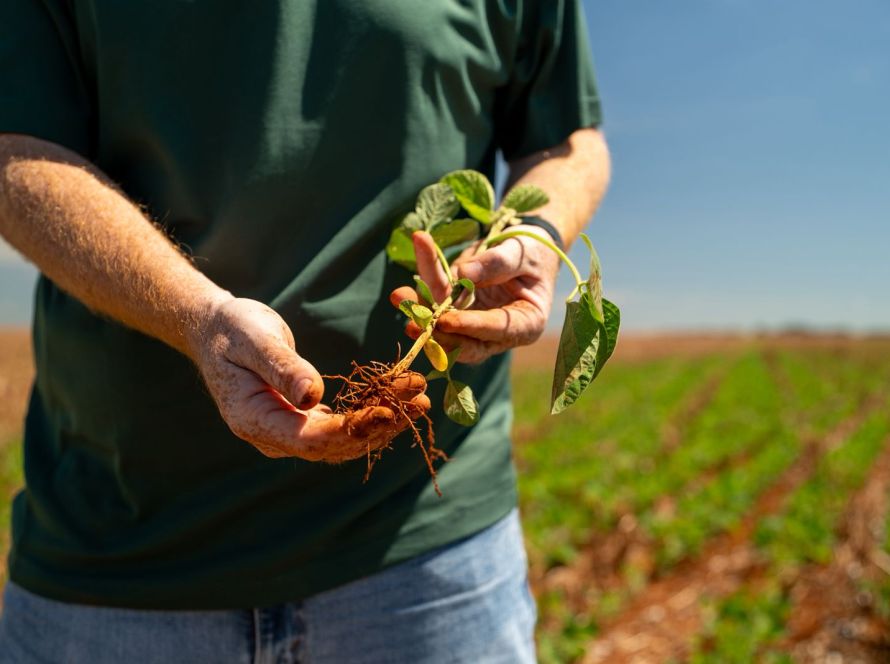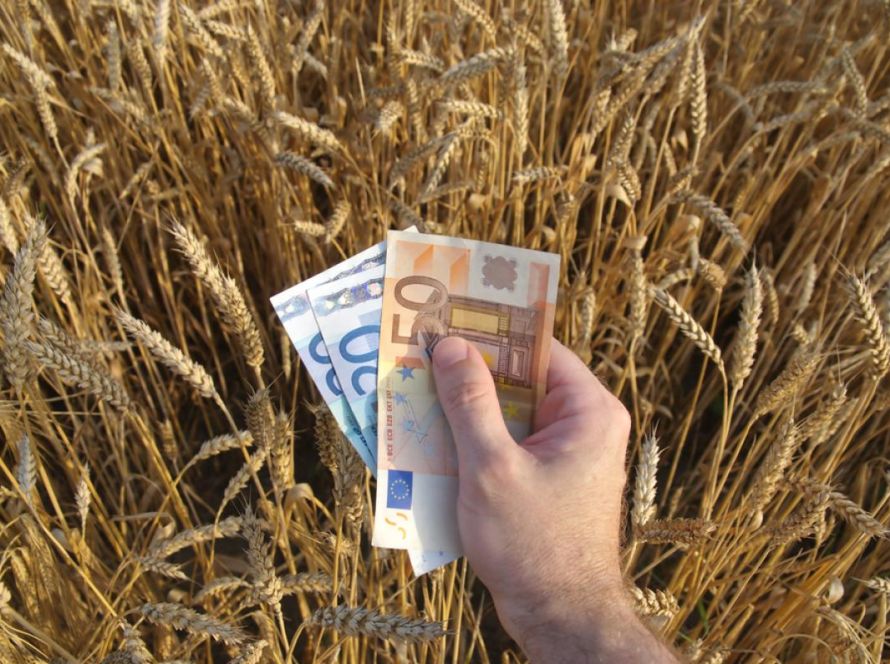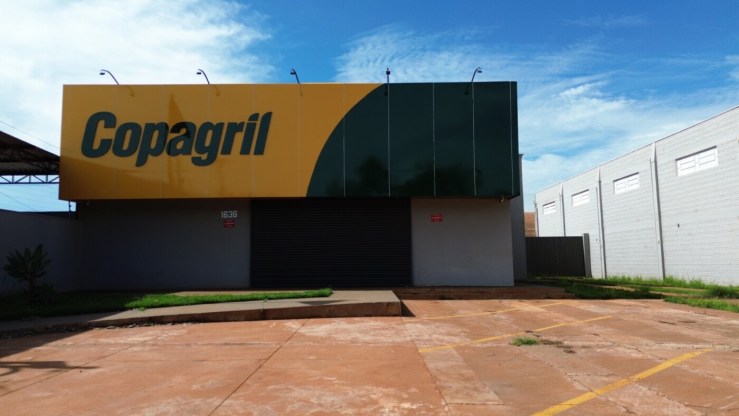Mato Grosso begins next Sunday (8.6) the sanitary break for soybeans, a period in which the cultivation and presence of live plants for growing the grain is prohibited, to avoid the incidence of the fungus Phakopsora pachyrhizi, which causes Asian rust.
The date appears in the regulations of the Mato Grosso State Agricultural Defense Institute (Indea), the body responsible for inspection and monitoring on rural properties where soybeans and other areas are cultivated, and follows an ordinance published by the Ministry of Agriculture and Livestock (Mapa).
The sanitary vacuum period ends on September 6. During this 90-day period, the existence of any living soybean plant is prohibited in crops, roadsides and any area under the property's domain.
To monitor whether the sanitary gap is being complied with, Indea inspectors will carry out inspections on properties. In 2024, the agency carried out 5,825 inspections during the sanitary gap period.
Soybean farmers who fail to comply with the sanitary break are subject to fines. In case of doubts, soybean producers can seek out the nearest Indea unit or access the agency's official communication channels.
Production
In the 2024/2025 harvest, a total of 14,799 soybean production units were registered with Indea, with a declared area of more than 11.2 million hectares planted and 8,939 producers.





